



Global atmospheric science experts gathered at ARIES, Nainital, to discuss climate change. They stressed the critical need for more ground-based observations from the ecologically sensitive Himalayas, as current data is sparse and essential for accurately assessing global warming and atmospheric changes, which space-based platforms alone cannot adequately provide for the region.

Copyright infringement not intended
Picture Courtesy: PIB
Meeting of International atmospheric science experts was recently held at the Aryabhatta Research Institute of Observational Sciences (ARIES) in Nainital, Uttarakhand.
The meeting was hosted by ARIES, an autonomous research institute under the Department of Science & Technology (DST). It is a center for research in astronomy, astrophysics, and atmospheric sciences.
Around 70 global experts from countries including the USA, Germany, Japan, Australia, and Belgium, participating both in-person and online.
The event was a joint annual meeting of three major international scientific networks:
FTIR (Fourier Transform InfraRed) spectroscopy is a sophisticated ground-based technique used to measure the concentration of various gases—including potent greenhouse gases like carbon dioxide and methane—in the atmosphere with very high precision.
How does it work? => It analyzes how infrared light from the sun is absorbed as it passes through the Earth's atmosphere. Different gases absorb light at specific wavelengths, allowing scientists to identify and quantify them.
It is a widely used technique for quality control in industrial manufacturing, monitoring air and water quality, and analyzing soil to address environmental and health concerns caused by pollution.
Must Read Articles:
Climate Change Impact on Earth's Water Cycle
Economic damages from climate change
WMO Report Climate Change Alarms
Source:
|
PRACTICE QUESTION Q. "The least responsible for climate change often face its harshest consequences." Critically analyze, 150 words |
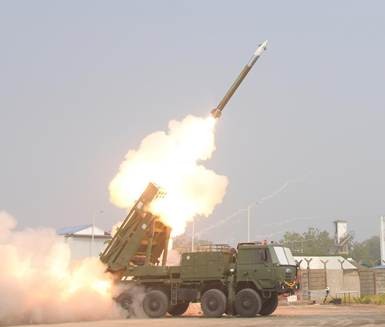
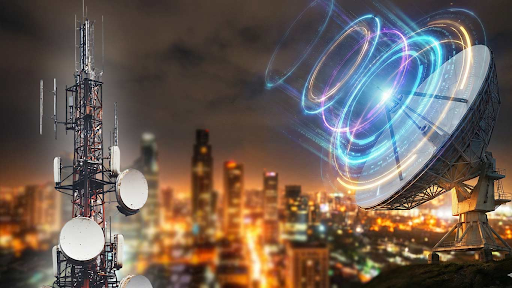
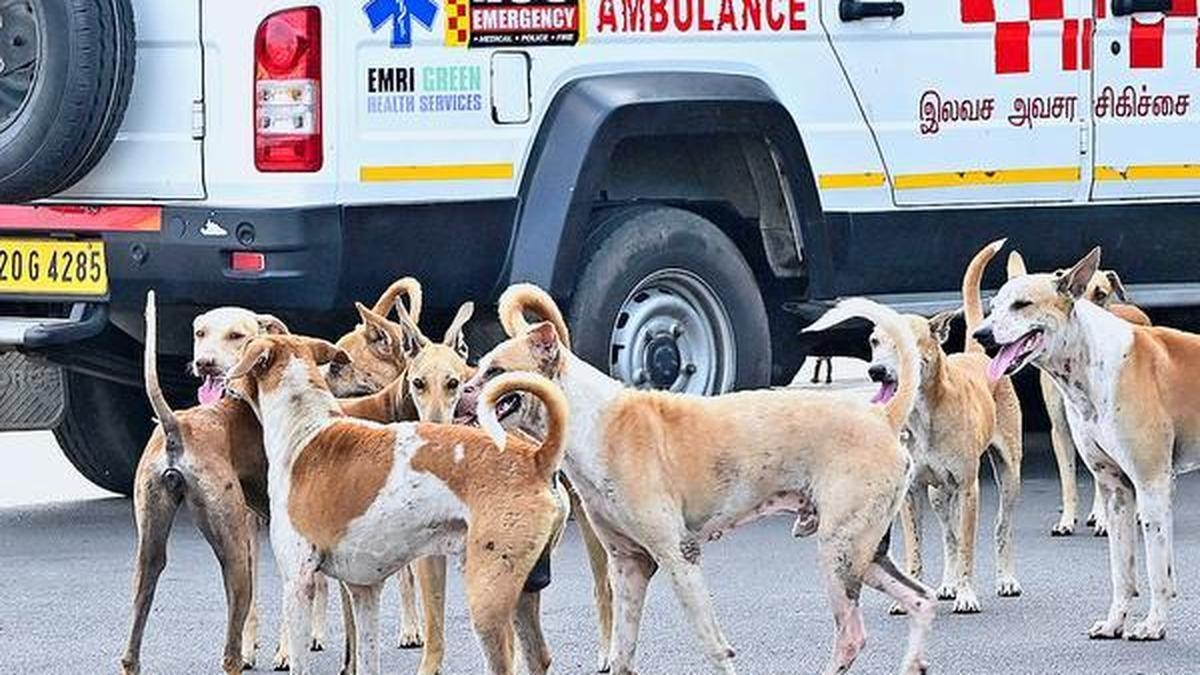
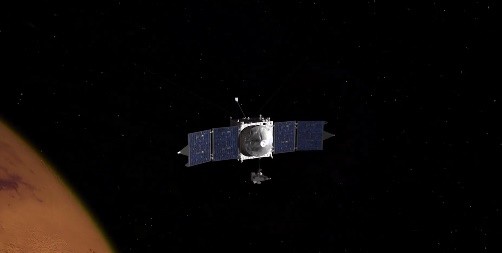
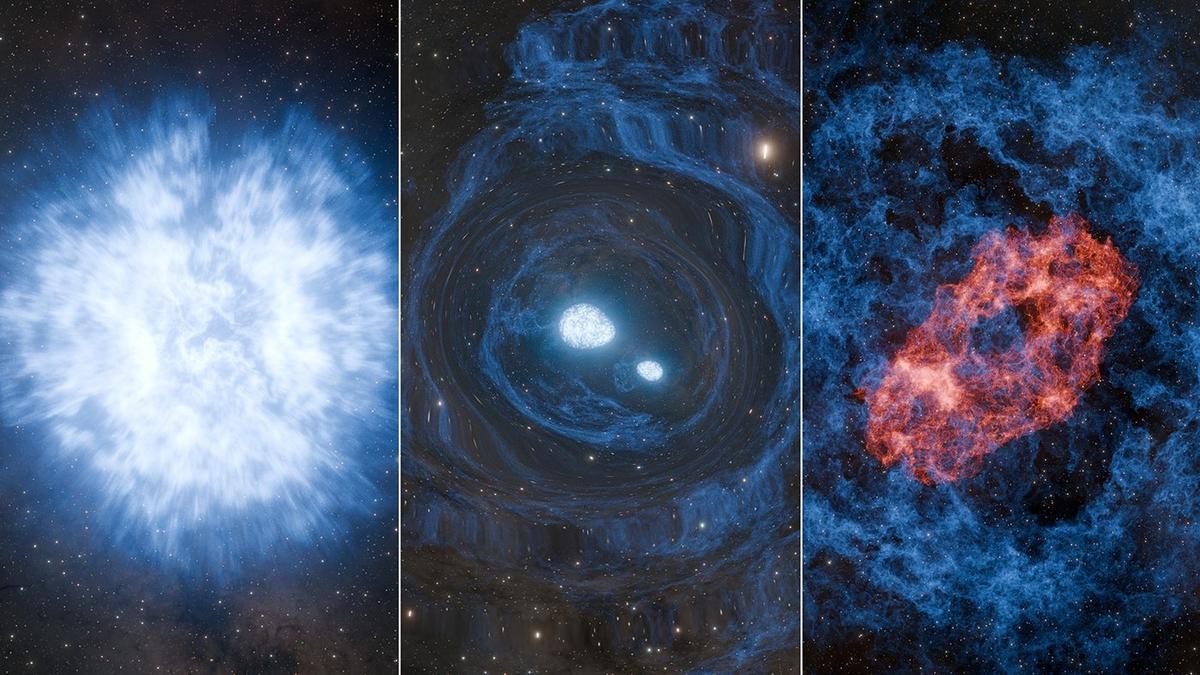

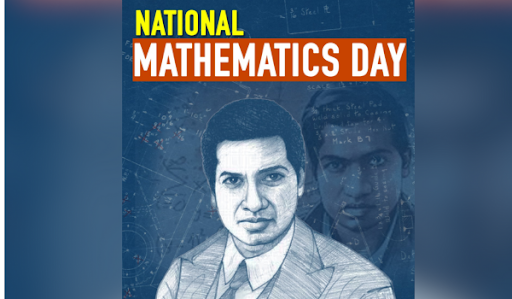


© 2026 iasgyan. All right reserved